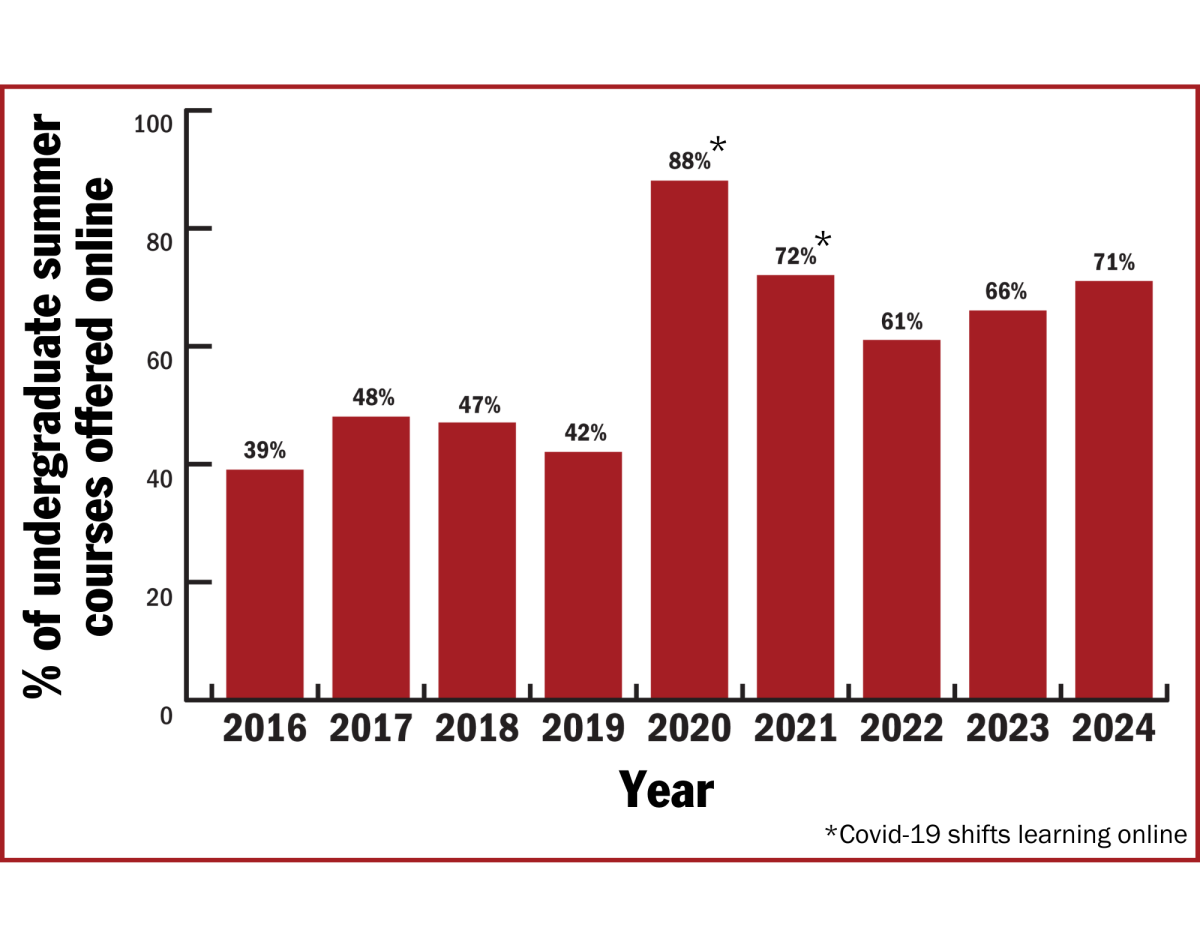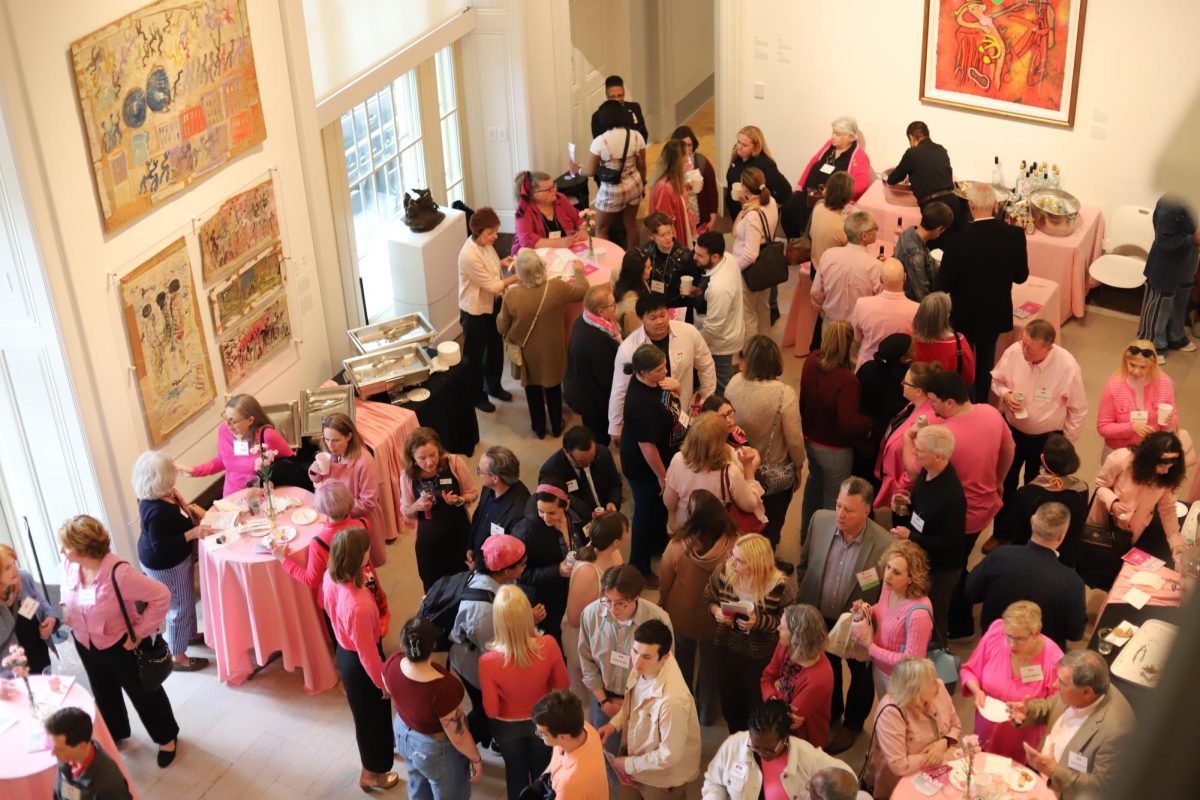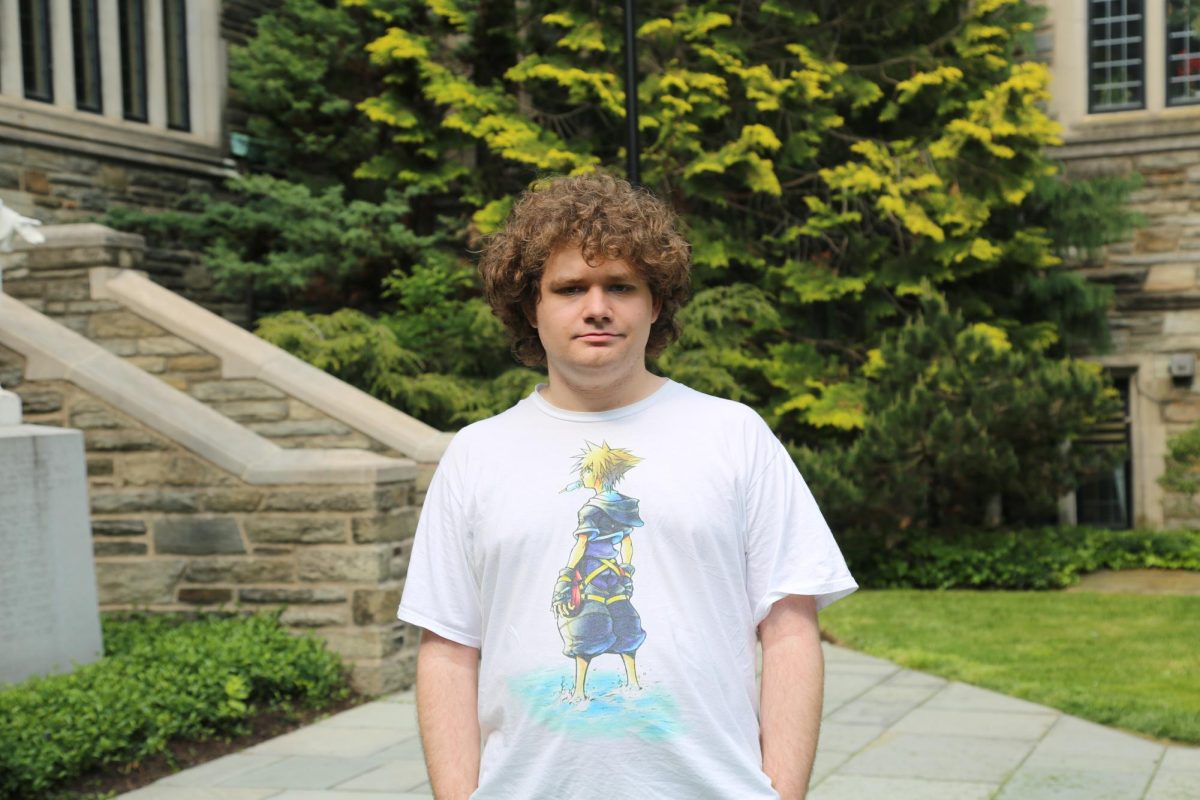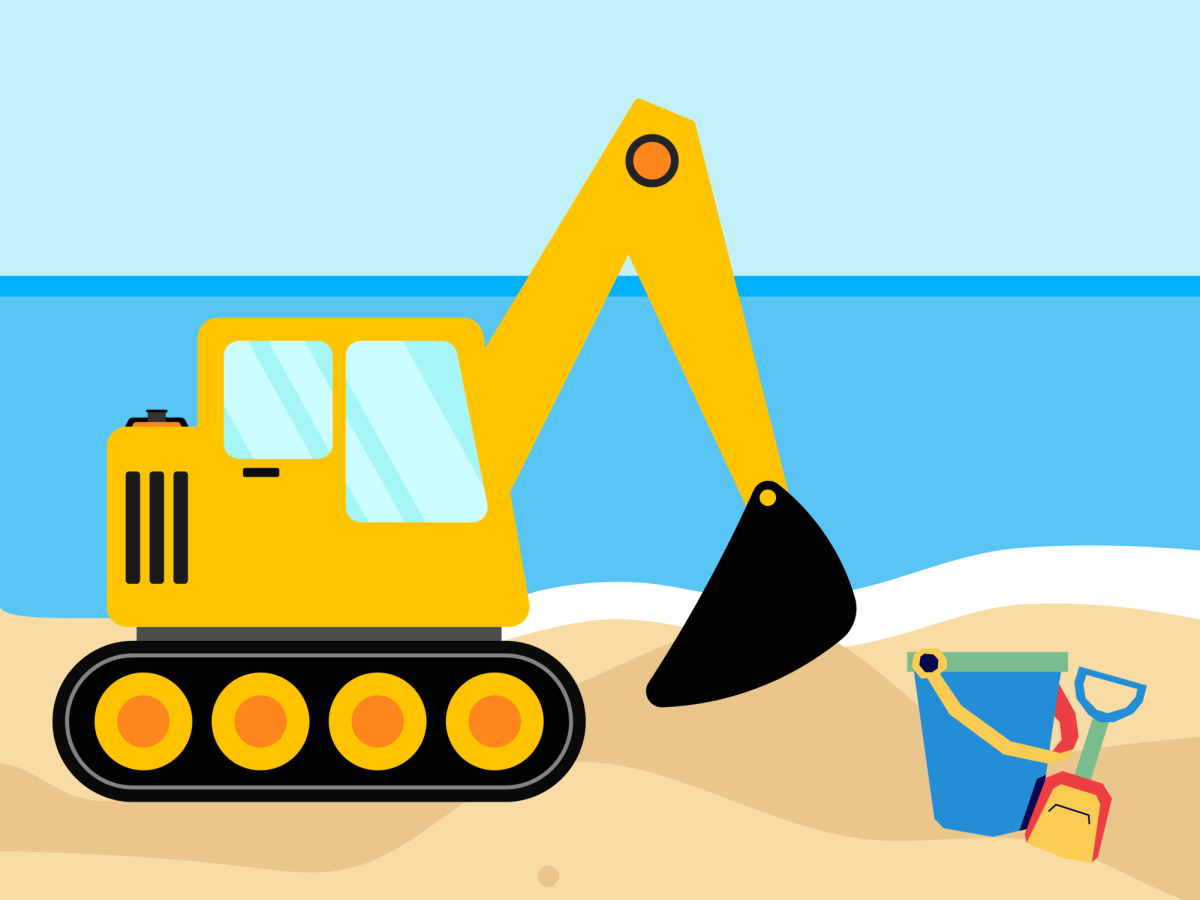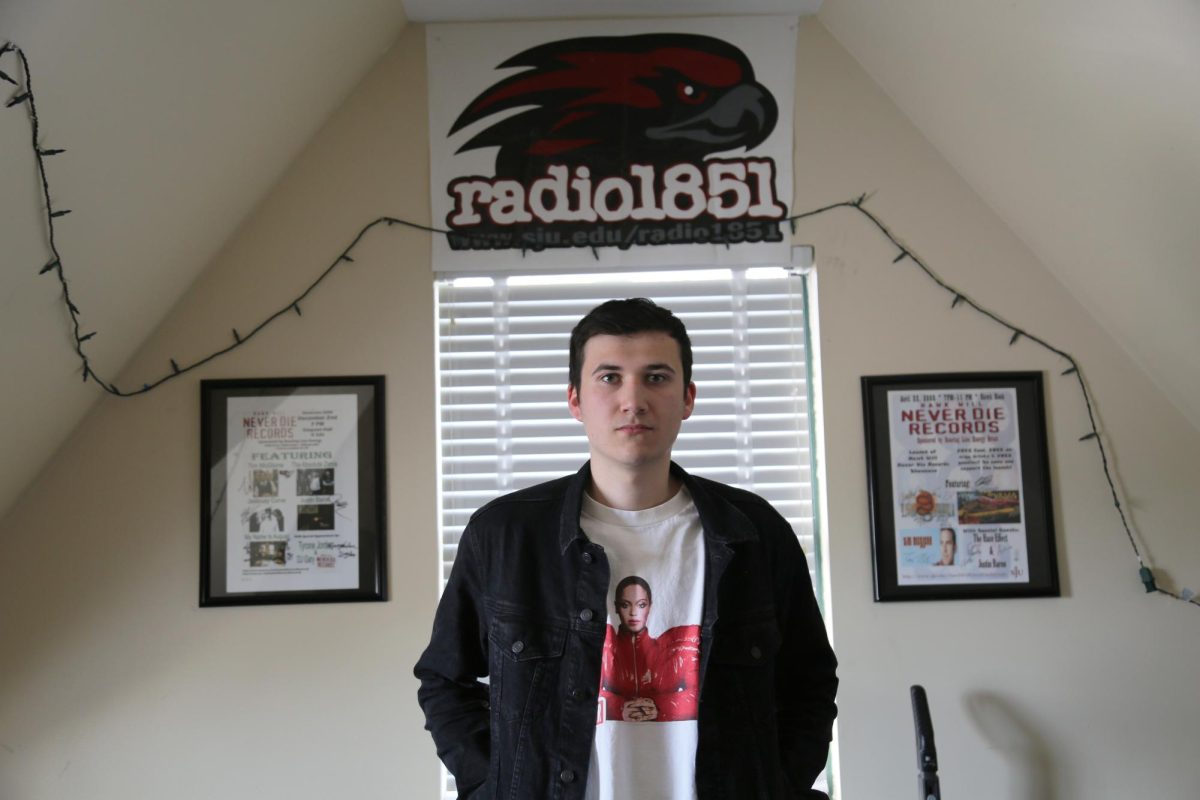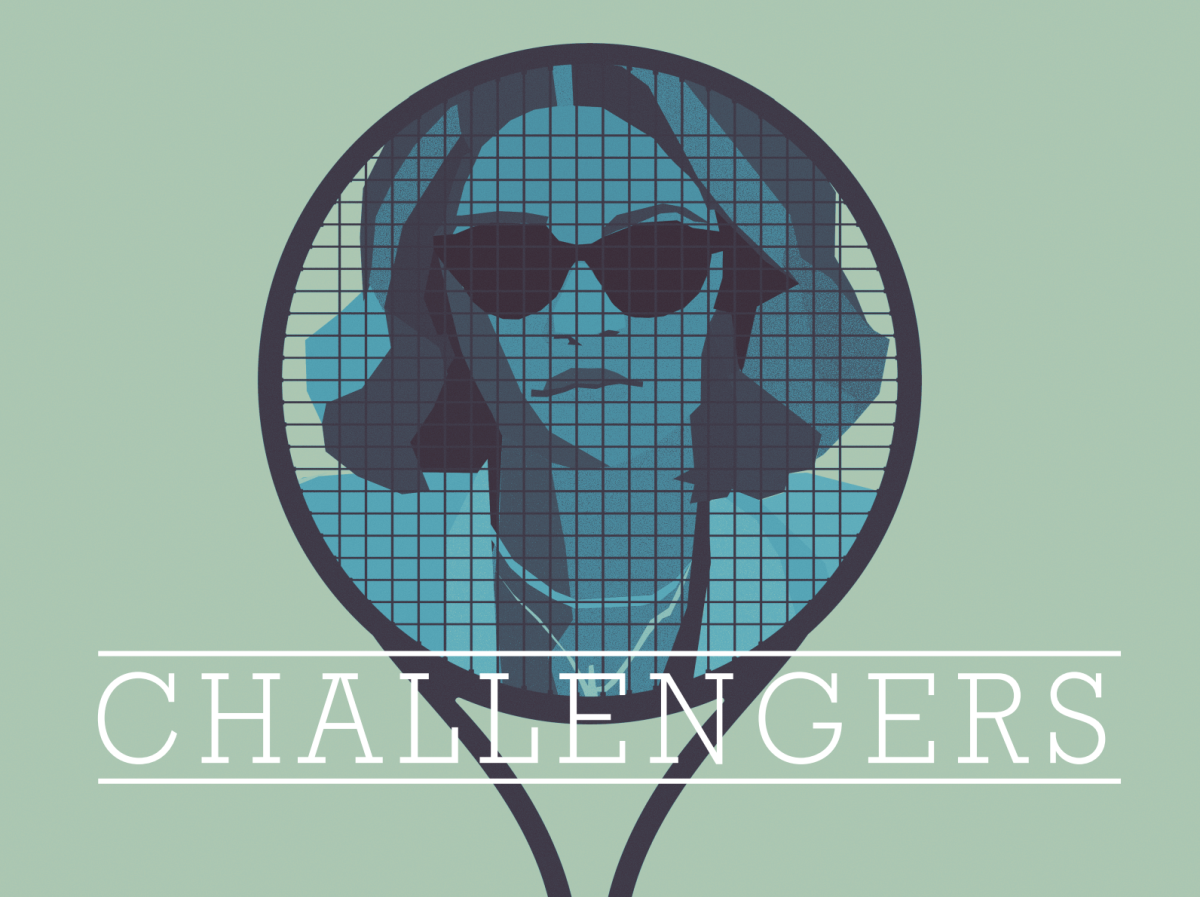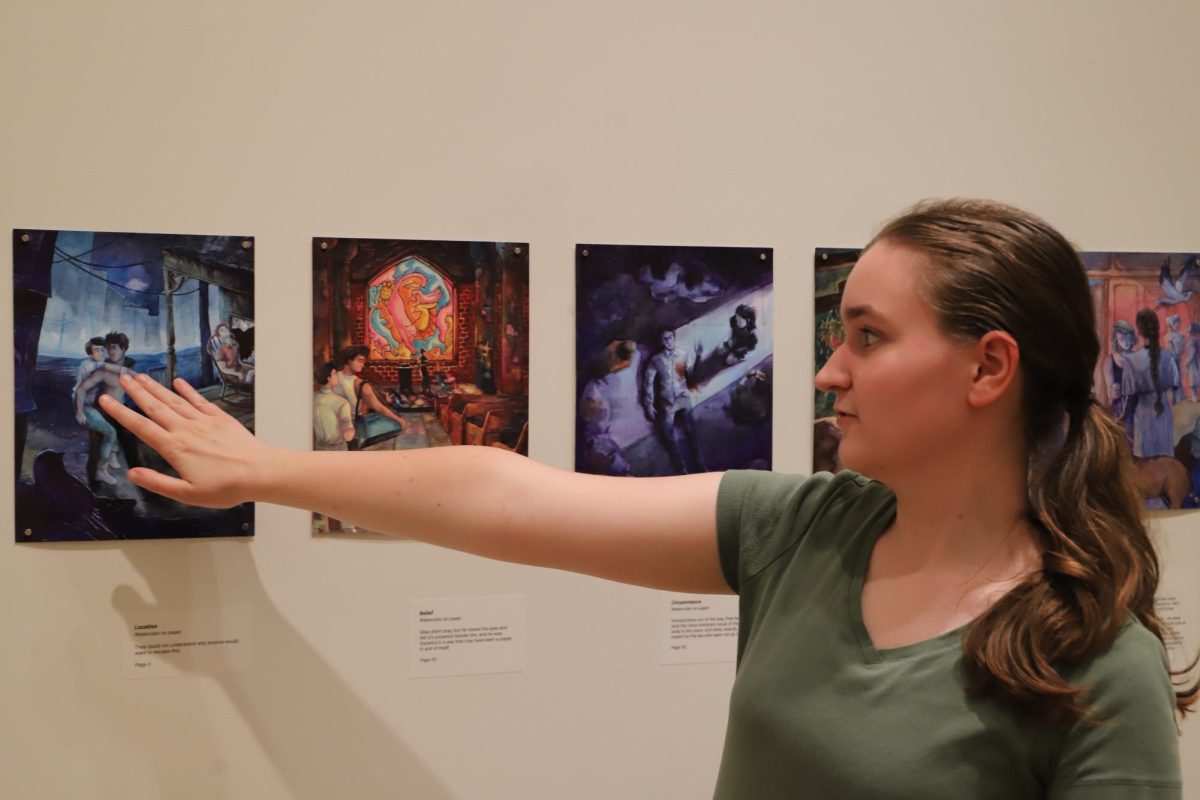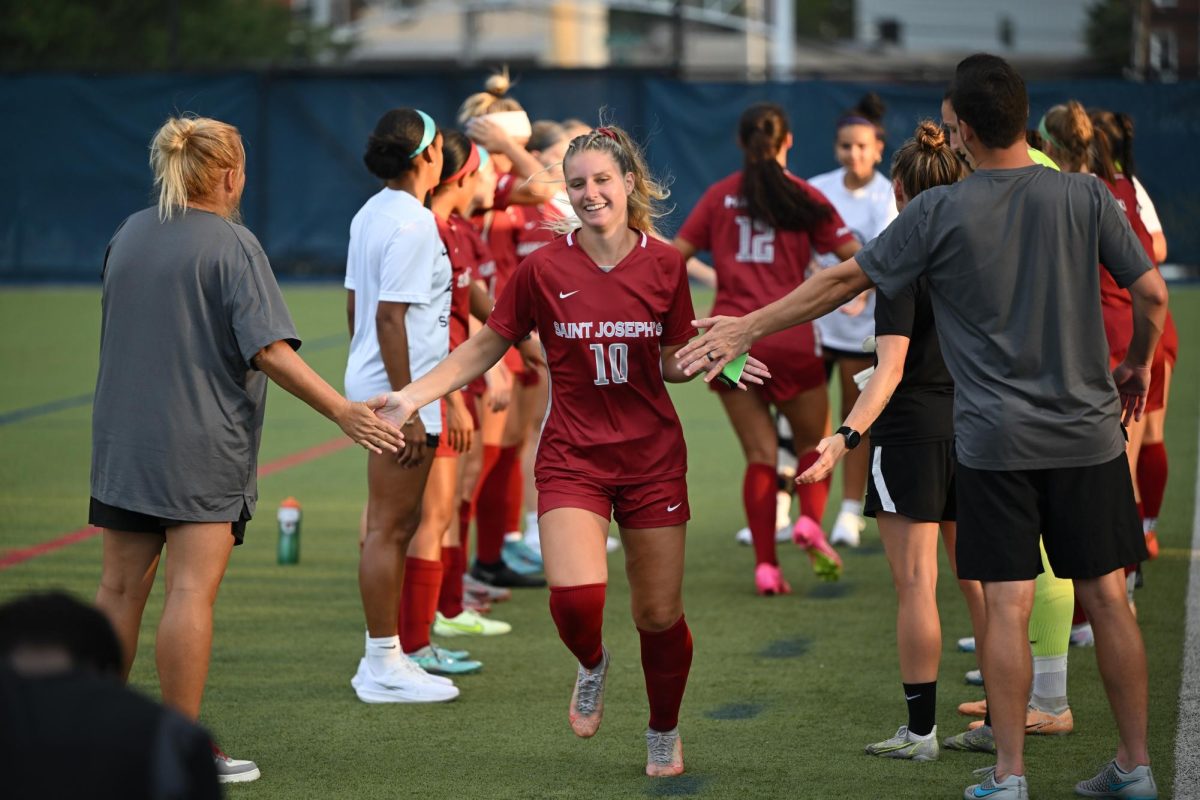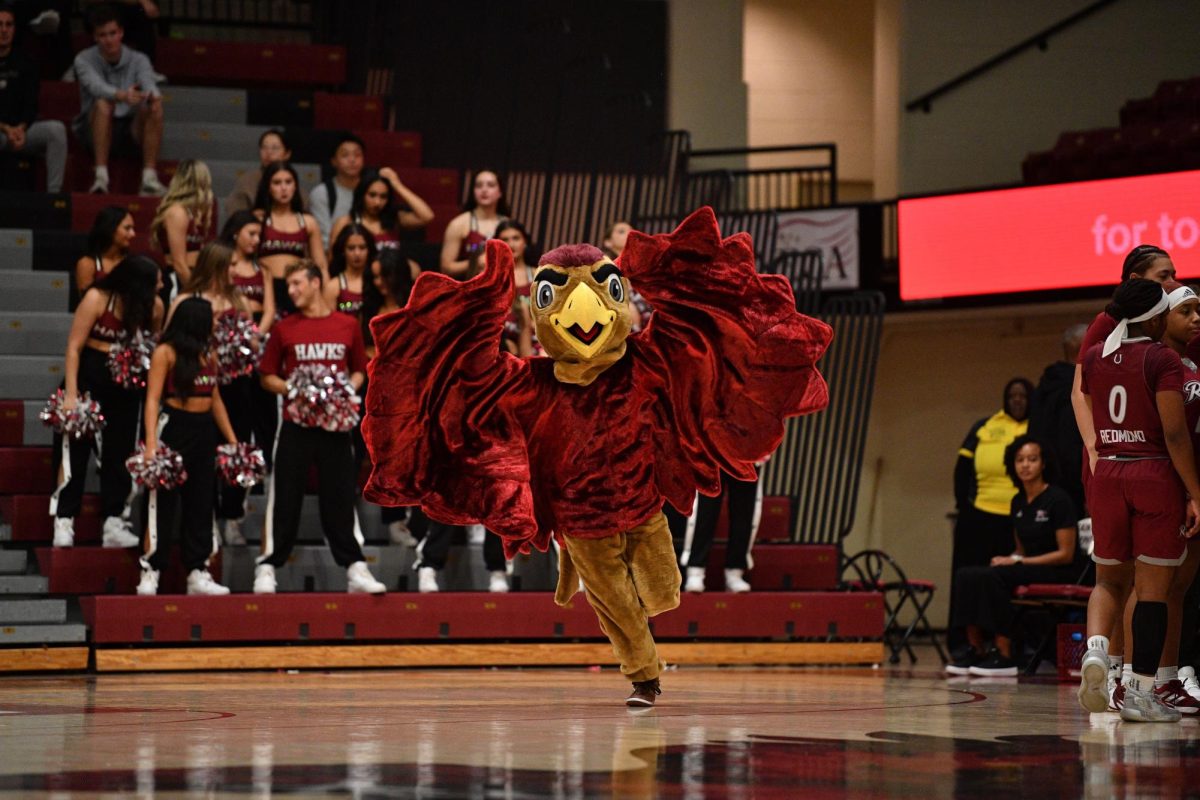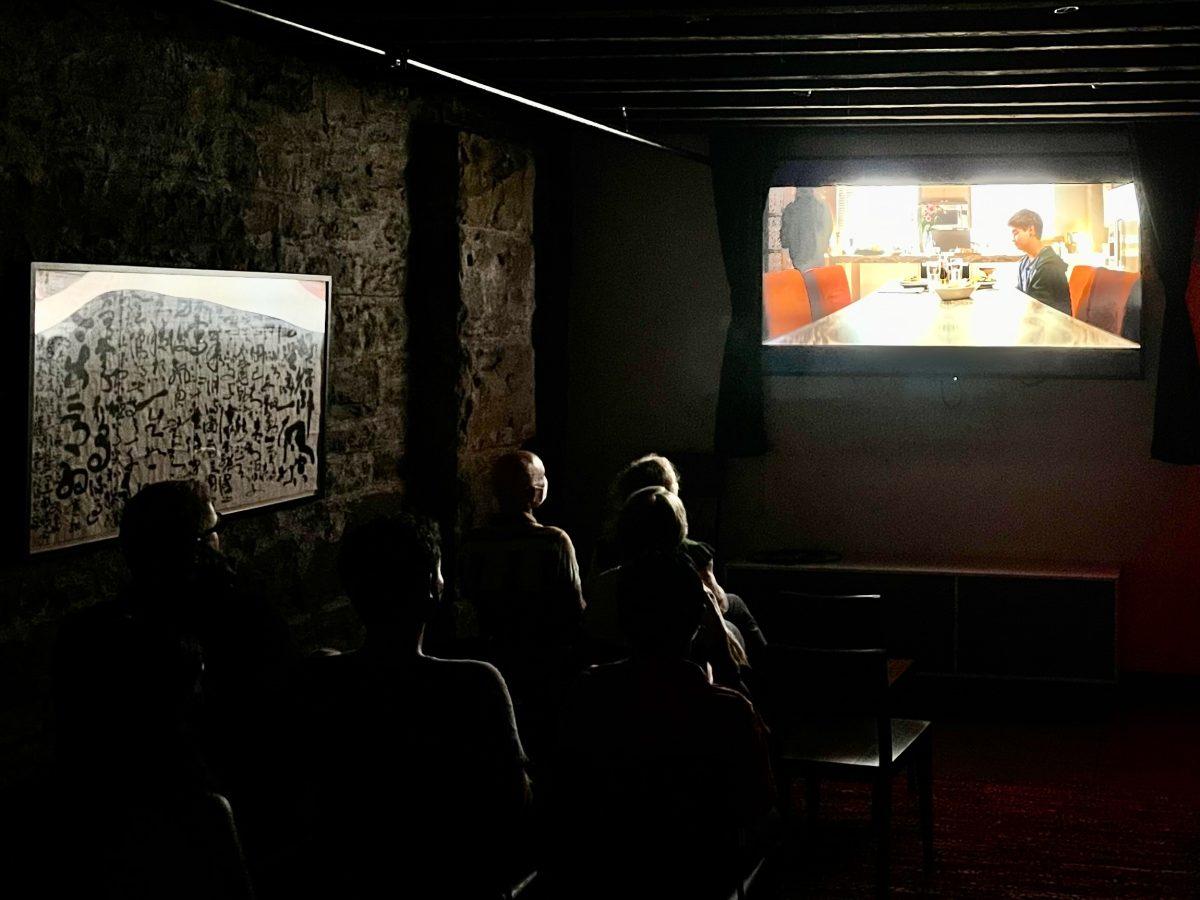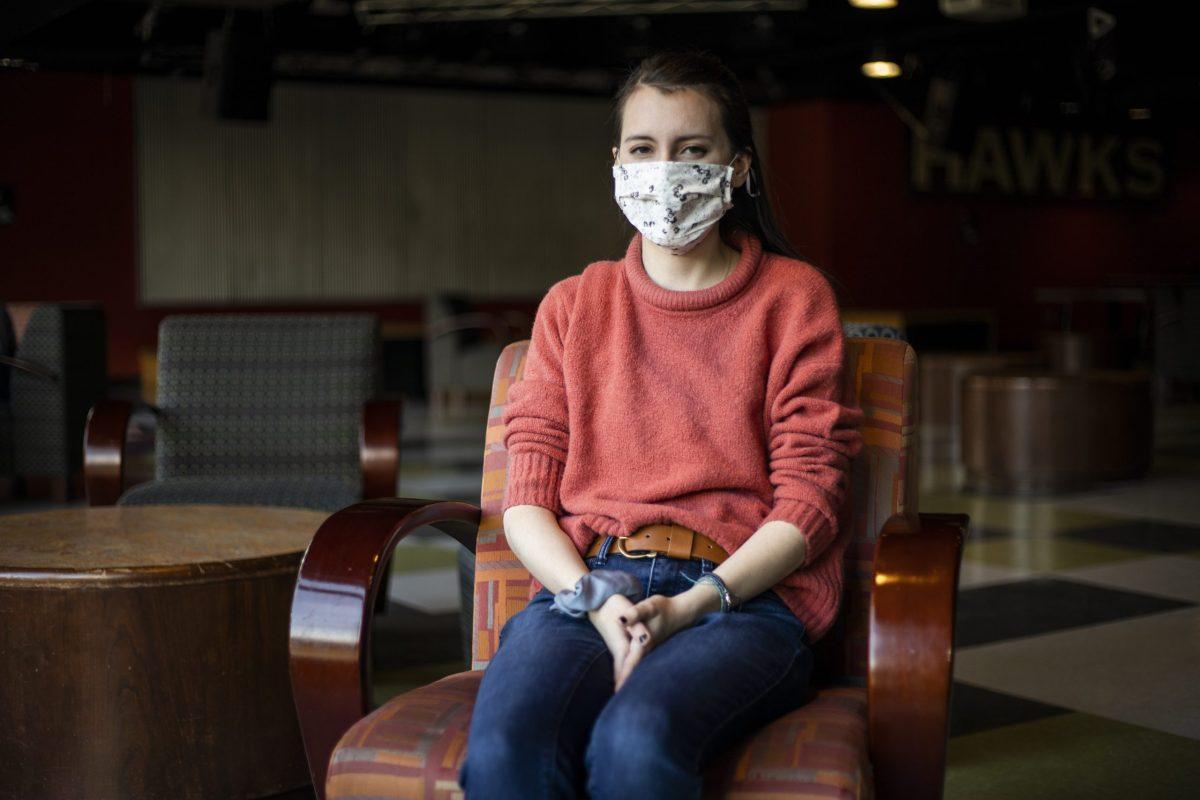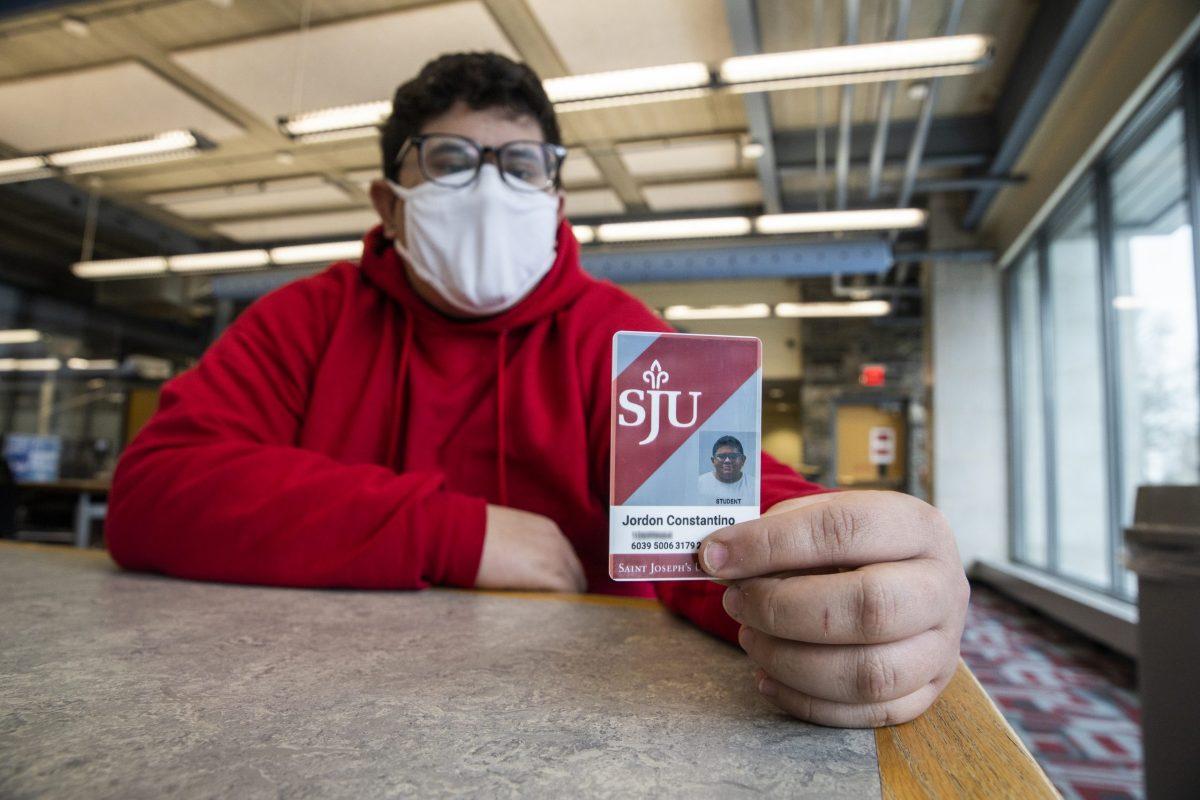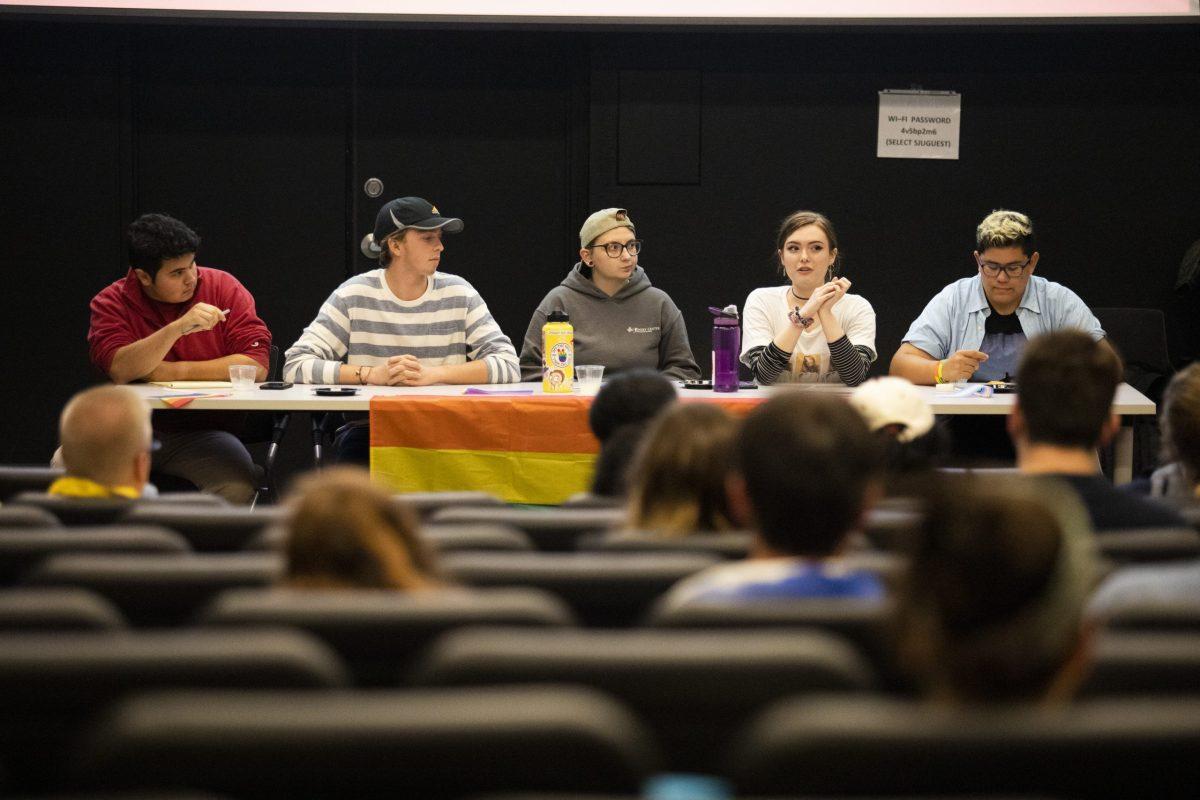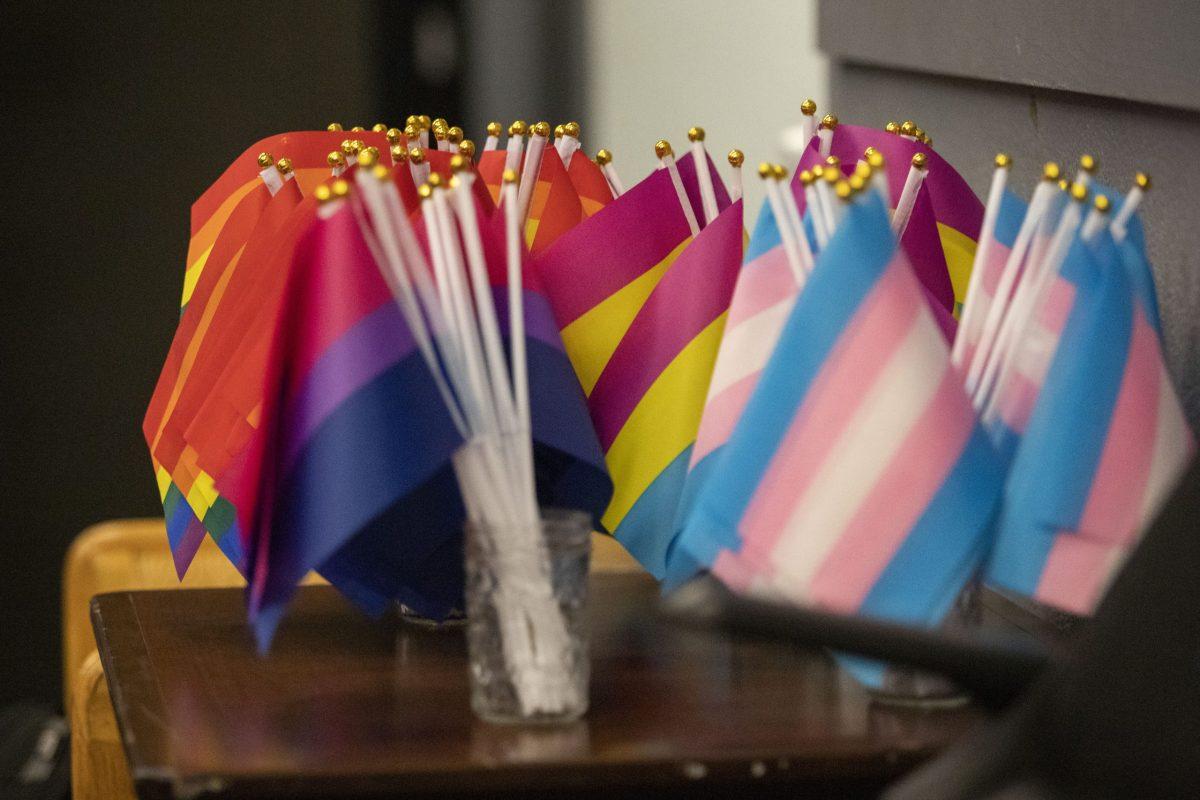LGBTQ spaces in cities and the impacts of gentrification
R&B singer Blood Orange’s debut album, “Coastal Grooves,” is full of sounds inspired by the 1980s New York City queer ball culture. He dedicated the album to transgender icons such as Octavia St. Laurent, a pioneer of the early ballroom culture and AIDS educator who has become an icon within the LGBTQIA+ community.
New York City’s bars and nightlife played a predominant role in LGBT history. The Stonewall Inn is considered the birthplace of the LGBT rights movement, and many other nightlife locations allowed queer people to openly be themselves in a way that they could not be in their personal lives.
In Philadelphia, the LGBT community is notoriously welcome throughout the city and has a designated home in the Gayborhood, a part of the city full of nightlife and other queer-centric spaces. LGBT visibility in the city has expanded far beyond the Gayborhood, but the area is still an important relic of the community. Gay bars in these types of settings are the community’s historically most common safe spaces.
Although their existence is usually short term, with bars coming and going, collectively their existence is declining due to dating apps and gentrification, to name a few causes. For example, in 1973, San Francisco had 118 gay bars, and today there are fewer than 30.
Last week in Philly’s Gayborhood, Boxers PHL, a staple LGBT friendly sports bar to the area, closed due to a local reporting the bar’s lack of a liquor license during a transfer phase to a new owner. The bar claims the man who reported it acted out of hate rather than his claims of it being a health concern.

Regardless of the motivation behind the person who reported the bar, we should be doing what we can to preserve these spaces, not getting rid of them, especially because they are already on the decline. Gentrification—defined by Merriam Webster as “the process of repairing and rebuilding homes and businesses in a deteriorating area (such as an urban neighborhood) accompanied by an influx of middle-class or affluent people and that often results in the displacement of earlier, usually poorer residents”—directly impacts marginalized communities, and gay bars see the effects especially when they are within a gayborhood.
It also exists in the form of altering the bars to cater to a straight audience. When this happens, it threatens a safe LGBT space and more people go just to explore as opposed to being a part of and supporting the community. In 2017, the Philadelphia Commission on Human Rights identified 11 local gay bars that were “fostering ‘preferable environments for white, cisgender male patrons.’”
While it is good that these spaces are no longer the only places where LGBT people can go freely and openly, there is something to be said when they disappear and evolve into something that exists for entertaining straight people. Broader acceptance of queer culture and changing to conform to surrounding areas pose a threat to queer nightlife.
Gay nightlife locations originated as places for prospering and escaping societal persecution. They are becoming distant from their roots of acting as sites of resistance, meeting grounds for political action and social settings for queer people to engage with one another in a safe environment. Many of these old bars are a representation of the bigotry the LGBT community faced with constant attempts at erasure, but they eventually came out on top. Decades of discrimination hadn’t been enough to knock down the walls of the spaces that served as beacons of community and advocacy.
The LGBT community had so much against them, yet they managed to create an environment where they could be authentically themselves. We can’t diminish this aspect of LGBT culture and history and all of the work that created these fluid, inclusive spaces where people within a marginalized community could be self-expressive in their day-to-day lives. These spaces live as testaments to those who were unable to tell their stories.
Queer spaces disappear often, and oftentimes people don’t know they existed in the first place due to the necessity of them being secretive for safety. These spaces also tell stories that the thousands of people who died from the AIDS crisis could not. They need to be preserved.

